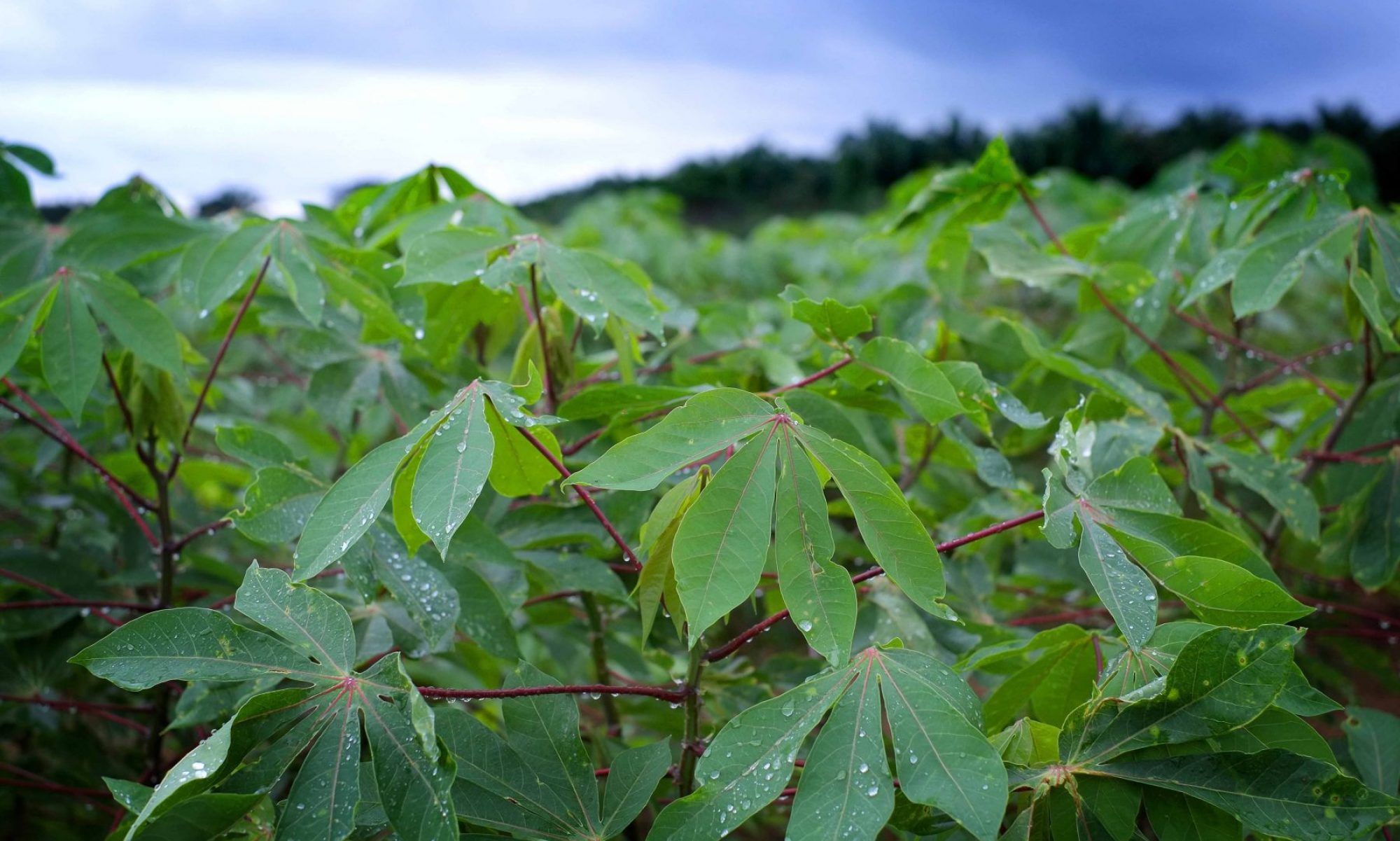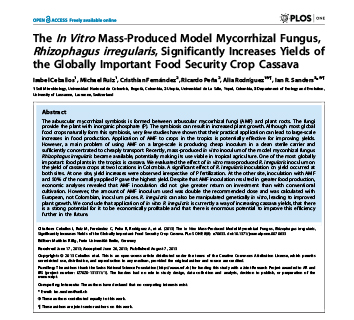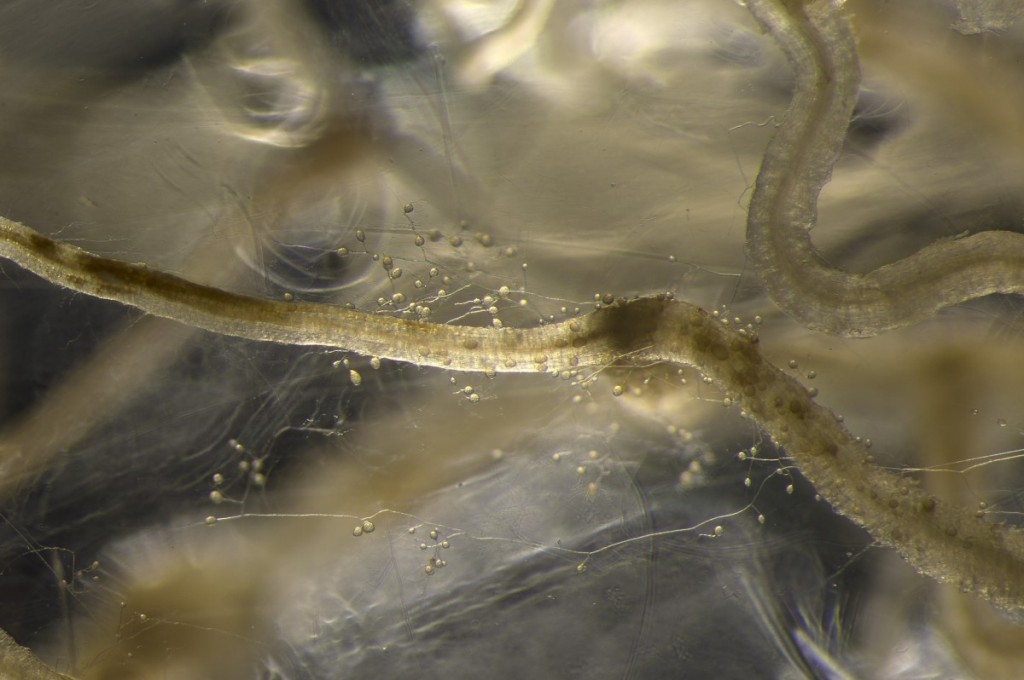
A Major success !
The first aim on our Swiss – Colombian project was to find out whether in vitro-produced mycorrhizal fungi could significantly increase the yield of cassava roots (the part that is used for food).
In our first study, we have shown that in two different regions, that have a different soil and climate and with two completely different varieties of cassava we were able to increase the yield of cassava roots by about 20% with the addition of in vitro-produced mycorrhizal fungi (see graphs on the right). At one field site we were simultaneously able to reduce phosphate fertilizer to half of what the farmer normally applies while maintaining high yields. The work is published in PLoS One (an open access journal). Click here to see the different ways that we are transferring this technology to farmers in Colombia.
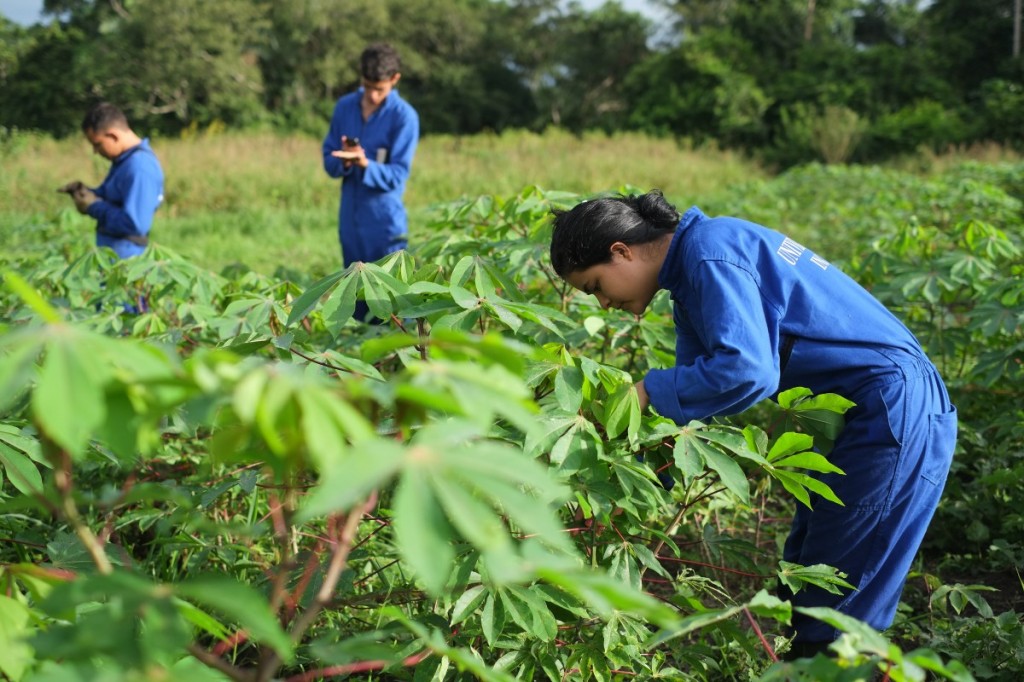
The main points of the publication are:
- Mycorrhizal fungi increased cassava root yield by 20% in two different regions of Colombia
- In one site, the fungi increased yields at all levels of phosphate fertilizer
- In the other site, maximum yield was achieved with mycorrhizal fungi and at only 50% of the normal amount of phosphate applied by Colombian farmers
- The cassava stems are dipped in the fungus before planting meaning that there is almost no extra work involved in inoculating the crop and no special skills are needed
- An economic analysis of return on investment shows at what level the inoculum needs to be priced to make it economically viable and we have established guidelines on how to make this application highly economically viable
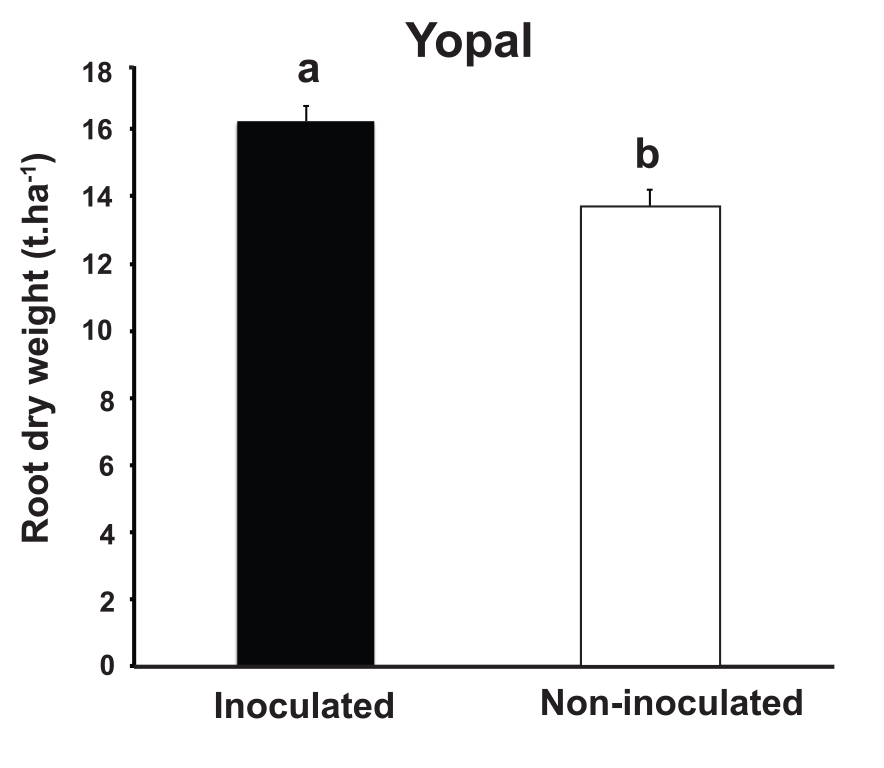 |
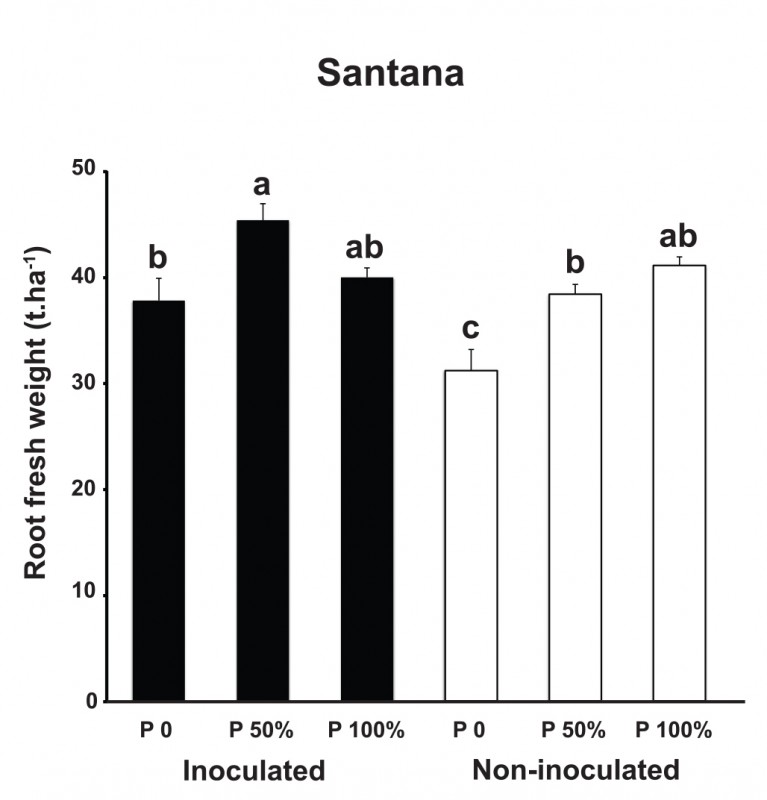 |
